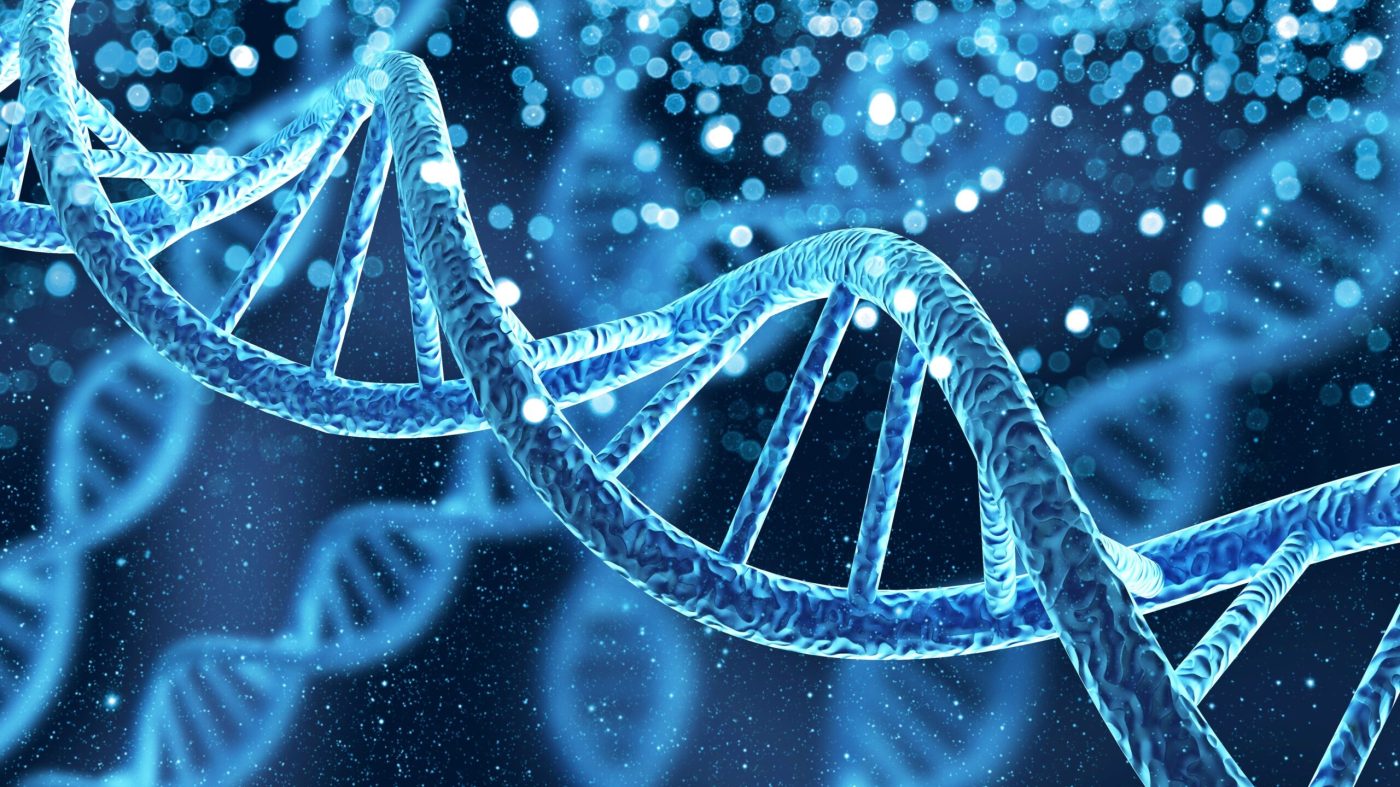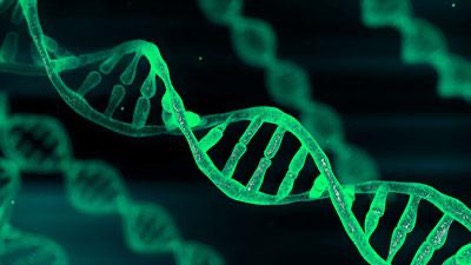Numerous types of oligonucleotides are synthesised every year for a wide variety of applications in laboratories and hospitals around the world. However, to fully understand this process, it is crucial to explore the origins of oligonucleotide synthesis and its connection to the evolution of modern biotechnology.
The field of biotechnology has been shaped by a series of innovations throughout history, from early advances in fermentation and pasteurisation to the development of vaccines. These milestones laid the foundations for the birth of oligonucleotide synthesis, a discipline that has become vital in research.
The first steps: discovering dinucleotides
To understand oligonucleotide synthesis, it is essential to review the first steps in dinucleotide chemistry. In 1955, Michelson and Todd reported on the preparation of a dinucleotide, marking the first published paper on the directed chemical synthesis of an oligonucleotide.
In their report, the researchers described phosphate bonding between two thymidine nucleosides, using a method involving the preparation of a 3′ phosphoryl chloride from a 5′-protected thymidine nucleoside, followed by reaction with the 5′-hydroxyl of another 3′-protected thymidine nucleoside. Although this chemistry worked reasonably well, it had limitations, such as the slowness of the process and the instability of the phosphoryl chloride intermediate.
This discovery laid the foundation for subsequent research in oligonucleotide synthesis and marked the beginning of a fascinating exploration at the intersection of chemistry and biology.
Exploring current applications and techniques
As oligonucleotide synthesis continued to evolve, new applications and techniques emerged. For example, the invention of the Polymerase Chain Reaction (PCR), discovered by Kary Mullis in the 1980s, catalysed the development of a variety of applications, including more sophisticated sequencing methods that made it possible to sequence the human genome.
Precision medicine is also based on the ability to use genomic and molecular information to predict an individual’s susceptibility to diseases, diagnose them more accurately and personalise treatments for each patient.
In short, oligonucleotide synthesis has revolutionised medicine by providing powerful tools for the diagnosis, treatment and prevention of disease. With a deeper understanding of genomics and molecular biology, it is expected that oligonucleotide synthesis will continue to play a key role in improving medical care and the quality of life of patients.
OLIGOFASTX hopes that oligonucleotide synthesis will continue to evolve in order to offer new opportunities for research and the development of innovative therapies for patients living with rare or undiagnosed diseases.
Sources:
A Short History of Oligonucleotide Synthesis | TriLink BioTechnologies
Michaelson and Todd dithymidinyl nucleotide (5) (1955). | Download Scientific Diagram
ATDBio – Solid-phase oligonucleotide synthesis
The Chemical Synthesis of Oligonucleotides
Images:
Reagents and solvents for the synthesis of oligonucleotides – Scharlab Corporate Website
Qualitative analysis of oligonucleotides using Advion Interchim Scientific ® HPLC-UV/MS System

 Español
Español

